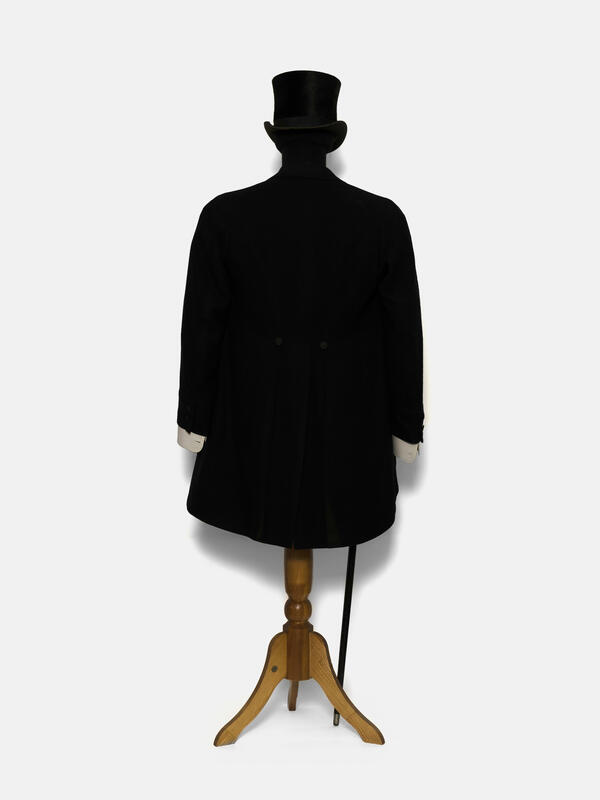In 1968, Feodor Chaliapin’s personal belongings were donated to the museum by his eldest daughter Irina. They became part of the first Soviet exhibition in Kazan dedicated to the great singer. A minimalistic black tailcoat made of fine wool, a cylinder made by the famous Saint Petersburg firm E. Landgrath St. Peterbourg, a three-button vest, impeccable white cuffs and a walking stick with a bone handle — all matched the refined taste of Feodor Chaliapin.
On June 2, 1910, the “Odesskiye Novosti” (Odessa News) newspaper wrote about Chaliapin, “Tall and dandy-like, as if coming from the tenth generation of people wearing tailcoats, Chaliapin could not have made anyone doubt his high aristocratic roots. There is some artistic mystery to the way the ordinary peasant singing at a church turned into a European with manners that even the most demanding arbiter elegantiarum (lat. ‘the arbiter of grace’) would envy.”
Feodor Chaliapin’s personal belongings are considered exclusive objects, because they came directly from the singer’s surroundings and were part of his life, both real and on stage. Chaliapin used special costumes and elaborate makeup to create vivid characters on stage, but when it came to his concerts, he preferred a restrained and classical look.
Feodor Chaliapin grew up in the countryside and the factory village, where ordinary people were in the habit of singing during work, moments of rest and celebrations. The artist was particularly fond of lengthy folk tunes and imagery from old songs. According to the composer and musicologist Boris Asafiyev, when Feodor Chaliapin sang Russian folk songs, he became so focused and so engaged that he seemed wholly unconnected with the idea of the theater and its requirements of emphasizing the performance with accessories and pronounced means of expression. “He became perfectly serene and composed.”
Chaliapin dressed in an elegant tailcoat when he performed classic romances by Russian and foreign composers, such as “The Old Corporal” and “The Titular Counsellor” by Alexander Dargomyzhsky, and “The Seminarist”, “Song of the Flea” and “Trepak” by Modest Mussorgsky. Chaliapin interpreted each work as a complete psychological musical portrait. He often performed songs by his great contemporaries — Franz Schubert and Robert Schumann.




